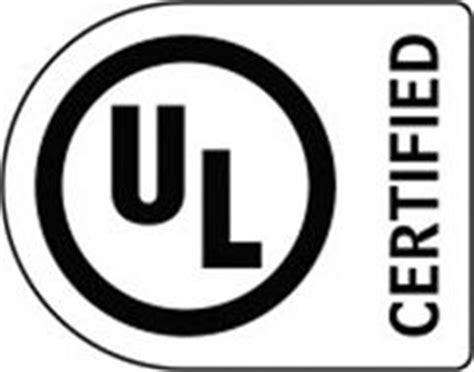
What is UL certification and How to mark it on the circuit board
Introduction to UL Certification UL (Underwriters Laboratories) is a global safety certification company that has been testing and certifying products for over a century. UL[…]
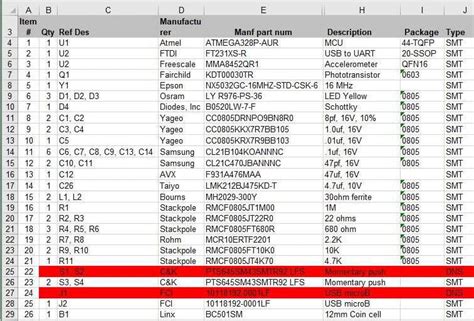
is cloud data storage a gold rush for remote access to boms in pcb design
Understanding Cloud-Based PCB BOM Management Before delving into the benefits and challenges of cloud data storage for PCB BOMs, it is essential to understand what[…]

pcb design and bom management how to ensure profitability in low volume manufacturing
Introduction Printed Circuit Board (PCB) design and Bill of Materials (BOM) management are critical aspects of low volume manufacturing. Ensuring profitability in this context requires[…]
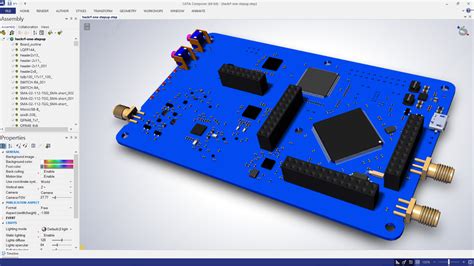
pcb design and cad software know what governs your designs
Introduction to PCB CAD Printed Circuit Board (PCB) design is a complex process that requires the use of specialized software tools known as PCB Computer-Aided[…]
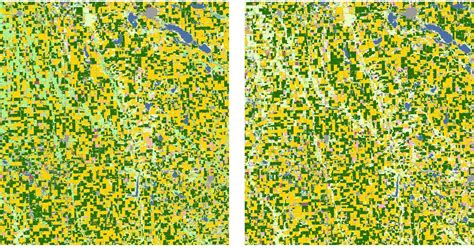
pcb design and layout hyperspectral imaging systems
Introduction to Hyperspectral Imaging and PCB Design Hyperspectral imaging (HSI) is a powerful technique that combines spectroscopy and imaging to capture detailed spectral information across[…]

Convert PDF to Gerber and NC Drill formats
Introduction to PDF conversion for PCB manufacturing In the world of printed circuit board (PCB) manufacturing, Gerber and NC Drill files are essential formats used[…]
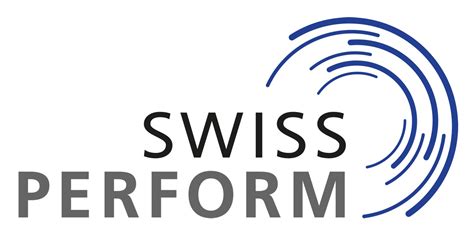
WUS and Schweizer partner up for HF segment
WUS and Schweizer announce strategic partnership to expand presence in high-frequency market In a move that is set to shake up the high-frequency (HF) segment[…]

Osmond PCB
Introduction to OsmondPCB OsmondPCB is a leading manufacturer of high-quality printed circuit boards (PCBs) that cater to various industries, including consumer electronics, automotive, medical, and[…]
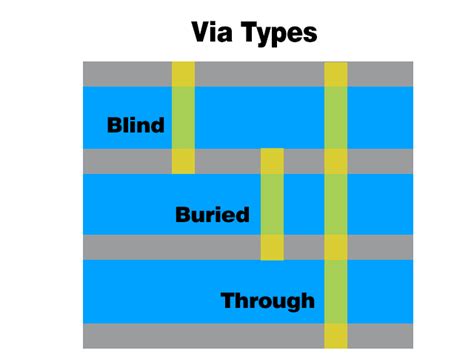
PCB Via Types
What are PCB Vias? PCB vias are small holes drilled into a printed circuit board (PCB) that allow signals to pass from one layer of[…]
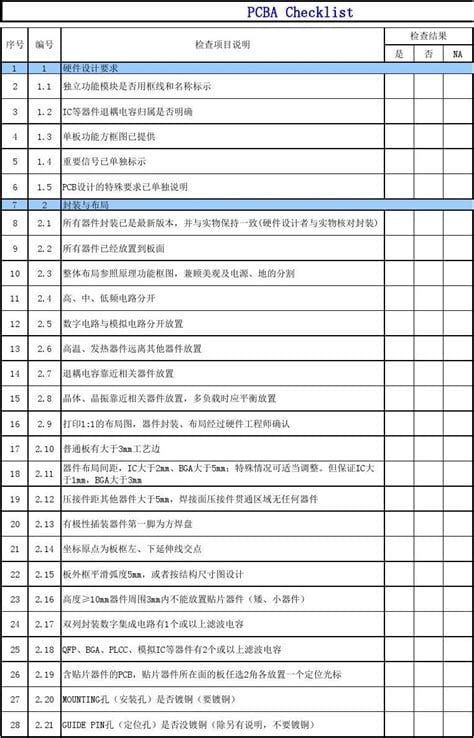
completing pre layout design checklist can keep your pcb design crashing
Why a PCB Checklist is Critical for Successful Board Design Designing a printed circuit board (PCB) involves juggling many complex factors and details. Missing just[…]